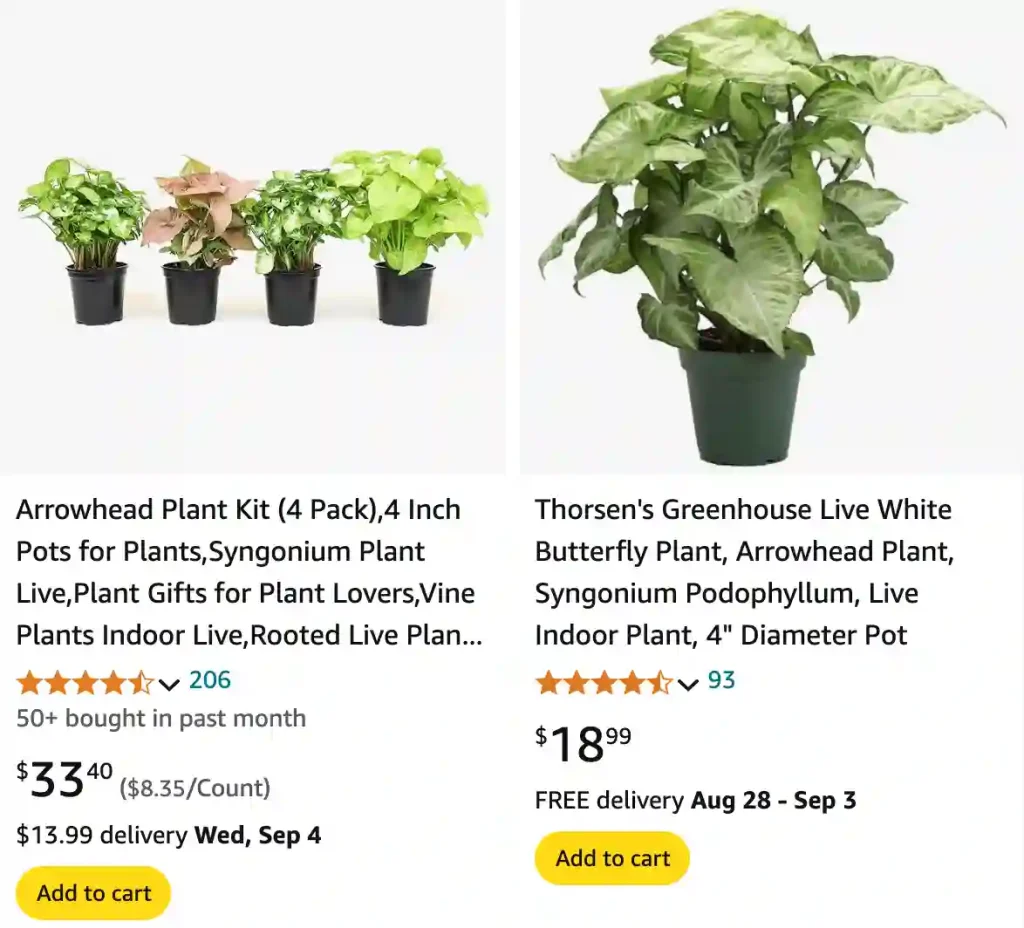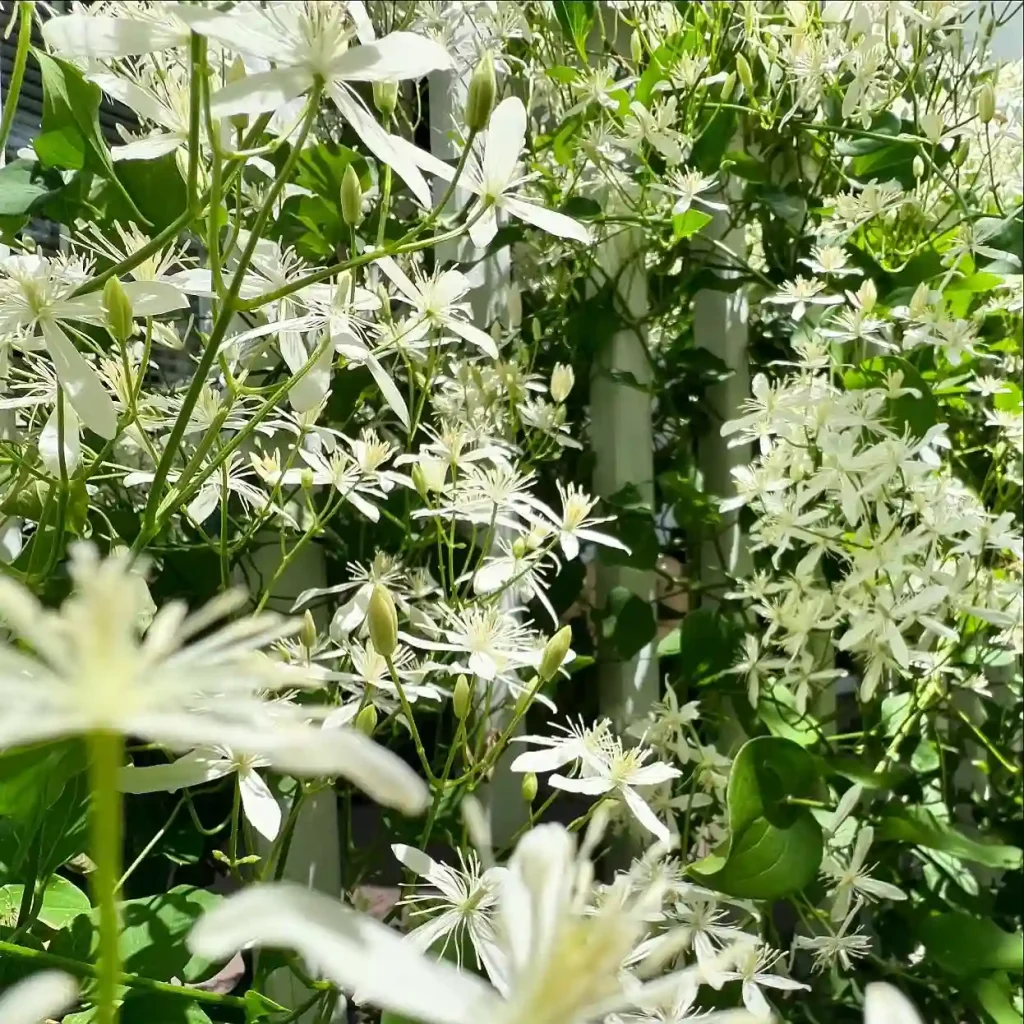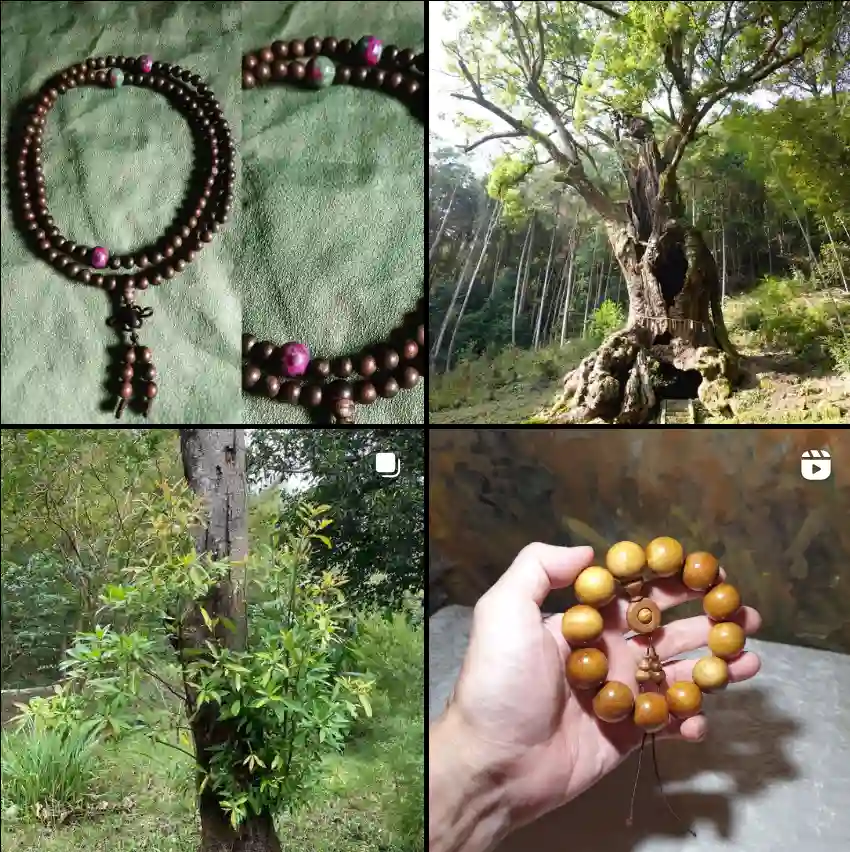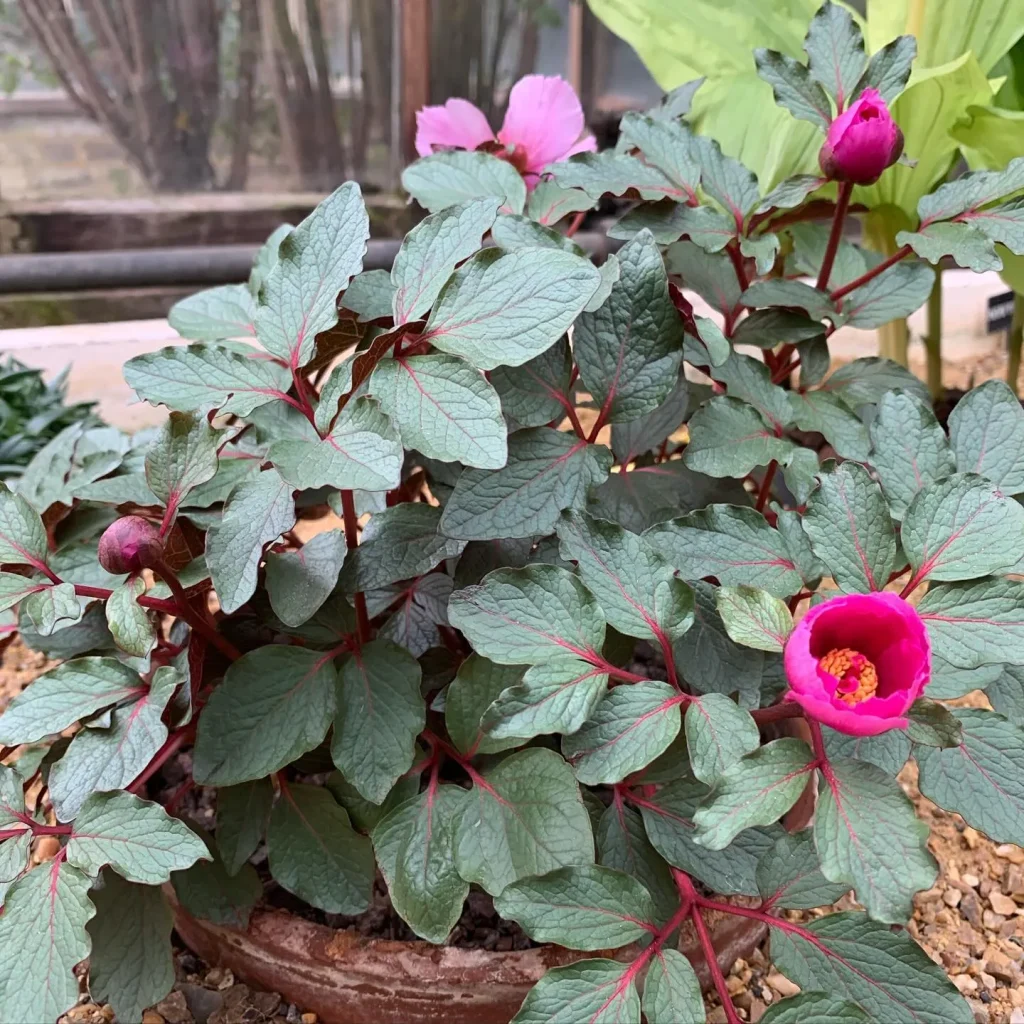
My Fascination with Syngonium: A World of Arrowhead Vines
Hi, I’m Ferb Vu, and I’ve got a confession. I’m utterly captivated by the Syngonium genus from the Araceae family. These plants, with their arrowhead-shaped leaves and vibrant colors, have completely stolen my heart. Maybe you know them as arrowhead plants, arrowhead vines, goosefoot, or even by their Vietnamese name, Tróc bạc. Whatever you call them, there’s no denying their beauty and versatility.
My journey with Syngonium began innocently enough. I was at a local plant shop, browsing for something new to add to my collection, when a flash of pink caught my eye. It was a Syngonium podophyllum ‘Pink Allusion,’ and I was mesmerized. The delicate pink leaves, with their subtle green veining, were unlike anything I’d seen before. I had to have it.
That first Syngonium sparked an obsession. I started researching the genus, discovering a world of diverse colors, patterns, and growth habits. Soon, my single plant became a small collection, and that collection grew into, well, let’s just say I’ve run out of shelf space!
Why Syngonium?
What is it about Syngonium that I find so irresistible? For starters, they’re incredibly easy to care for. These tropical plants thrive in bright, indirect light and prefer their soil to dry out slightly between waterings. They’re also relatively tolerant of neglect, which is a blessing for someone like me who can get a bit forgetful at times.
But it’s more than just their easygoing nature. Syngonium offer an incredible variety. Their leaves can be solid green, splashed with white or cream, or painted in shades of pink, red, and even orange. Some varieties have velvety textures, while others are smooth and glossy. And the leaf shapes! While the classic arrowhead shape is common, you can also find varieties with more elongated or even lobed leaves.
Exploring the Diversity of Syngonium
The Syngonium genus boasts a fascinating array of species. Here are:
- Syngonium adsettiorum Croat, O.Ortiz & J.S.Harrison
- Syngonium angustatum Schott Plant FAQs: Syngonium Angustatum
- Syngonium armigerum (Standl. & L.O.Williams) Croat
- Syngonium auritum (L.) Schott
- Syngonium bastimentoense O.Ortiz & Croat
- Syngonium brewsterense Croat & Delannay
- Syngonium castroi Grayum
- Syngonium chiapense Matuda
- Syngonium chocoanum Croat
- Syngonium churchillii Croat & O.Ortiz
- Syngonium crassifolium (Engl.) Croat
- Syngonium dodsonianum Croat
- Syngonium erythrophyllum Birdsey ex G.S.Bunting
- Syngonium foreroanum Croat
- Syngonium gentryanum Croat
- Syngonium glaucopetiolatum Croat
- Syngonium hastiferum (Standl. & L.O.Williams) Croat
- Syngonium hastifolium Engl.
- Syngonium hoffmannii Schott
- Syngonium laterinervium Croat
- Syngonium litense Croat
- Syngonium llanoense Croat
- Syngonium macrophyllum Engl.
- Syngonium mauroanum Birdsey ex G.S.Bunting
- Syngonium meridense G.S.Bunting
- Syngonium neglectum Schott
- Syngonium oduberi T.Ray
- Syngonium peliocladum Schott
- Syngonium podophyllum Schott
- Syngonium purpureospathum Croat & Raz
- Syngonium rayi Grayum
- Syngonium sagittatum G.S.Bunting
- Syngonium salvadorense Schott
- Syngonium schottianum H.Wendl. ex Schott
- Syngonium sparreorum Croat
- Syngonium standleyanum G.S.Bunting
- Syngonium steyermarkii Croat
- Syngonium tacotalpense Diaz Jim. & Croat
- Syngonium triphyllum Birdsey ex Croat
- Syngonium wendlandii Schott Plant FAQs: Syngonium Wendlandii
- Syngonium yurimaguense Engl.
How to Propagate Arrowhead Plant?
Propagating Arrowhead Plants is a straightforward process that can be done using cuttings. Here’s how I usually do it:
- Select a Healthy Plant: Choose a mature, healthy Arrowhead Plant.
- Cut the Stem: Using clean, sharp scissors or pruning shears, cut a section of stem about 4-6 inches long. Ensure the cutting has at least one leaf and one node (the small bump where leaves or roots emerge).
- Prepare the Cutting: Remove the lower leaves to expose the node.
- Root the Cutting: Place the cutting in water or a pot with well-draining soil. If rooting in water, change the water every few days to prevent stagnation.
- Wait for Roots: Within a few weeks, roots should start to form. Once the roots are a few inches long, you can transfer the cutting to a pot with soil.
Are Arrowhead Plants Toxic to Cats?
Yes, Arrowhead Plants are toxic to cats. They contain calcium oxalate crystals, which can cause discomfort if ingested. Symptoms might include drooling, vomiting, and difficulty swallowing. If you suspect your cat has ingested part of the plant, contact your veterinarian immediately.
How to Care for Arrowhead Plant?
Caring for Arrowhead Plants is relatively simple:
- Light: They thrive in bright, indirect light but can tolerate lower light conditions. Direct sunlight might scorch their leaves.
- Watering: Water when the top inch of soil feels dry. They prefer moist soil but can tolerate occasional dryness.
- Temperature: They like temperatures between 60-75°F (15-24°C). Avoid cold drafts and sudden temperature changes.
- Soil: Use a well-draining potting mix. A blend of peat, perlite, and pine bark works well.
Why is My Arrowhead Plant Drooping?
Drooping in Arrowhead Plants can be caused by several factors:
- Underwatering: Check the soil moisture. If it’s dry, water the plant thoroughly.
- Overwatering: Excess water can lead to root rot, causing the plant to droop. Ensure the pot has drainage holes and let the soil dry out between waterings.
- Low Light: Insufficient light can weaken the plant, causing it to droop. Move it to a brighter spot.
- Temperature Stress: Extreme temperatures, either too hot or too cold, can affect the plant’s health. Ensure it’s in a stable environment.
How Often to Water Arrowhead Plant?
I find that watering Arrowhead Plants once a week works well, but this can vary based on light, temperature, and humidity levels. In the winter, reduce watering since the plant’s growth slows down. Always check the soil moisture before watering to avoid overwatering.
How to Make Arrowhead Plant Climb?
Arrowhead Plants are natural climbers. To encourage climbing:
- Provide a Support: Use a moss pole or trellis. Gently guide the plant’s stems towards the support.
- Secure the Plant: Use plant ties or soft twine to attach the stems to the support.
- Encourage Growth: Keep the plant in bright, indirect light and maintain adequate humidity to promote healthy climbing.
Why is My Arrowhead Plant Turning Yellow?
Yellowing leaves can indicate several issues:
- Overwatering: Check for soggy soil. Reduce watering if necessary.
- Nutrient Deficiency: Yellowing can also be a sign of nutrient deficiency. Feed the plant with a balanced fertilizer.
- Pests: Inspect for pests like spider mites or aphids. Treat with appropriate insecticides if needed.
- Low Light: If the plant is not getting enough light, it may start to yellow. Move it to a brighter location.
How Big Do Arrowhead Plants Get?
Arrowhead Plants can vary in size depending on their environment. Indoors, they typically grow to about 3-6 feet (0.9-1.8 meters) in length. In their natural habitat, they can grow even larger, especially when climbing or trailing.
Can Arrowhead Plants Grow in Water?
Yes, Arrowhead Plants can grow in water. This is often done during propagation. To grow in water long-term, ensure the plant has enough nutrients and change the water regularly to prevent algae growth.
Do Arrowhead Plants Like Humidity?
Arrowhead Plants do appreciate higher humidity but are adaptable to average indoor humidity levels. If you live in a dry climate, consider using a humidity tray or a room humidifier to keep the plant happy.
Are Arrowhead Plants Poisonous to Dogs?
Yes, Arrowhead Plants are also toxic to dogs. Like with cats, ingestion can cause gastrointestinal issues and discomfort. Keep the plant out of reach of pets and contact your veterinarian if you suspect ingestion.
Arrowhead Plant vs Caladium
Arrowhead Plants and Caladiums have distinct differences. Arrowhead Plants are more adaptable to varying light conditions and have a vining growth habit. Caladiums, on the other hand, are known for their vibrant, heart-shaped leaves and prefer bright, indirect light. Caladiums are also primarily grown for their foliage and are usually grown as annuals in many regions.
Arrowhead Plant vs Elephant Ear
Arrowhead Plants and Elephant Ears (Alocasia or Colocasia) differ significantly. Elephant Ears are known for their large, dramatic leaves and need more water and humidity compared to Arrowhead Plants. They also require more space due to their size. Arrowhead Plants are smaller, more versatile, and better suited for indoor conditions with varying light levels.
Conclusion
Understanding the needs and characteristics of Arrowhead Plants can enhance your experience as a plant owner. From propagation techniques to handling plant health issues, these tips should help you maintain a thriving Arrowhead Plant. Remember to always monitor your plant’s environment and adjust care practices as needed. Happy planting!
If i die, water my plants!



